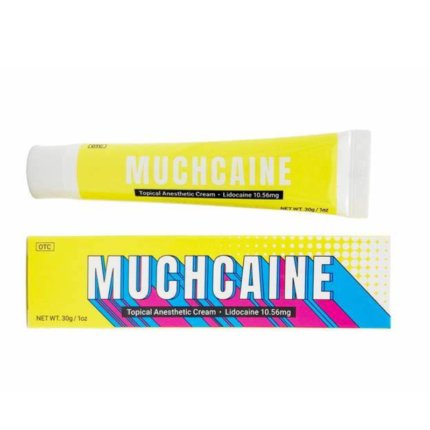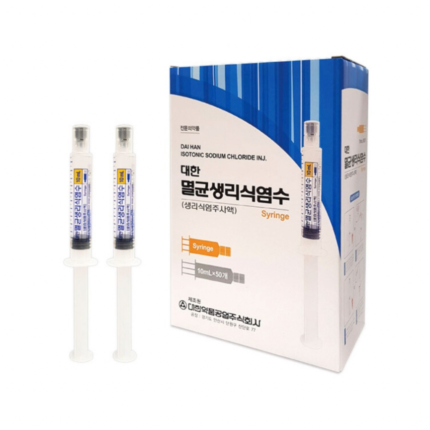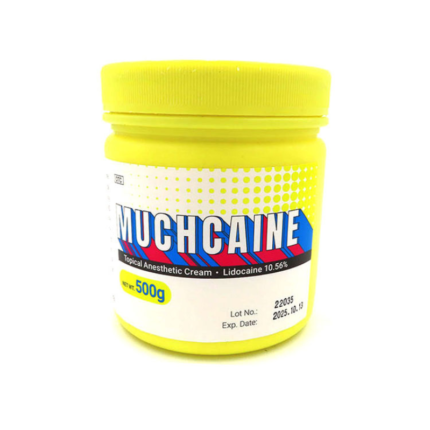Injections with 2% Lidocaine
Indications
- Anesthesia: Techniques include epidural, infiltration, surface anesthesia, and nerve blocks.
- Internal Medical Use: Treatment of ventricular arrhythmia.
Dosage & Administration
Anesthesia
- The dosage must be tailored to the patient’s response and the specific site of administration.
- Always administer the lowest effective concentration and dose.
- Factors influencing the dosage include the target area for anesthesia, tissue vascularity, the number of neuronal segments involved, patient tolerance, and the anesthetic technique employed.
- Aim to use the minimal dosage required to achieve adequate anesthesia.
Adults
Administering excessively high doses of local anesthetics should be avoided. The maximum allowable dosage for healthy adults should not exceed 200 mg.
- Epidural Anesthesia: Administer between 40 – 200 mg (maximum dose: 200 mg as Lidocaine HCl per single administration).
- Nerve Block: Administer between 30 – 200 mg (maximum dose: 200 mg as Lidocaine HCl per single administration). For supportive nerve blocks, the dosage may be 60 – 120 mg.
- Infiltration: Administer between 40 – 200 mg (maximum dose: 200 mg as Lidocaine HCl per single administration).
- Surface Anesthesia: Apply a moderate volume of the solution as a spray or spread onto the target area.
Dosage adjustments should consider patient age, anesthetized area, body composition, symptoms, and overall health status.
Internal Medical Use
Adults
- Single Intravenous Administration: Administer 50 – 100 mg (1 – 2 mg/kg) of Lidocaine HCl slowly via IV over 1 – 2 minutes. If the desired response is not achieved, the same dosage may be repeated 5 minutes after the initial injection. Additional doses can be administered at 10 – 20 minute intervals as necessary, but the total administered dosage within 1 hour should not exceed 300 mg.
- Intravenous Instillation: For sustained therapeutic effects following a successful single intravenous administration, continue treatment via IV instillation while monitoring the patient’s ECG.Administer Lidocaine HCl at a continuous rate of 1 – 2 mg per minute. If clinically indicated, the infusion rate may be increased, but should not exceed 4 mg per minute.
Composition
Each 1 mL contains:
- Lidocaine HCl (USP): 21.330 mg (equivalent to 20 mg Lidocaine HCl anhydrous)
- Sodium chloride (KP): 9 mg
- Sodium hydroxide (KP): q.s. (quantity sufficient)
- Water for injection: q.s.
Storage
Store in a hermetic container at temperatures not exceeding 30°C.
Shelf-life
The shelf-life is 36 months from the manufacturing date.
The product has contraindications. We are not responsible for any negative effects that you may encounter after administering products by yourself. It is recommended to consult a doctor or medical professional for any procedure.











Reviews
There are no reviews yet.